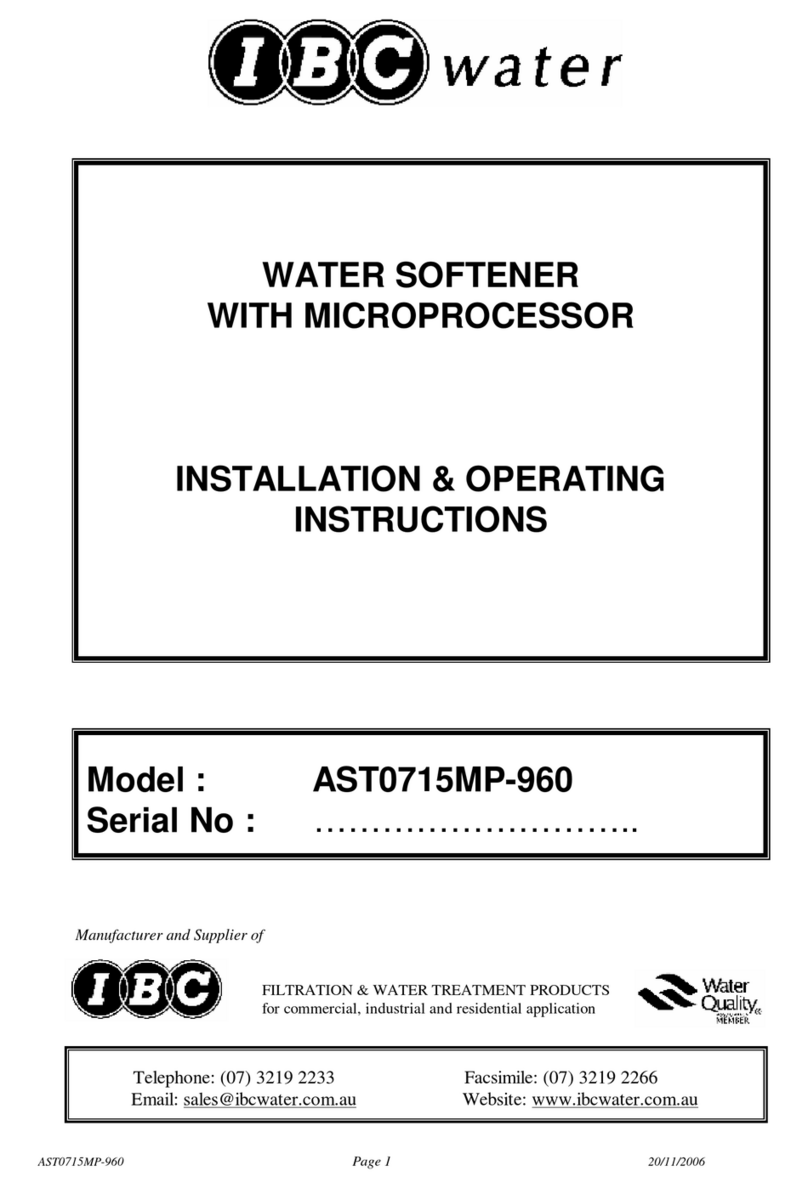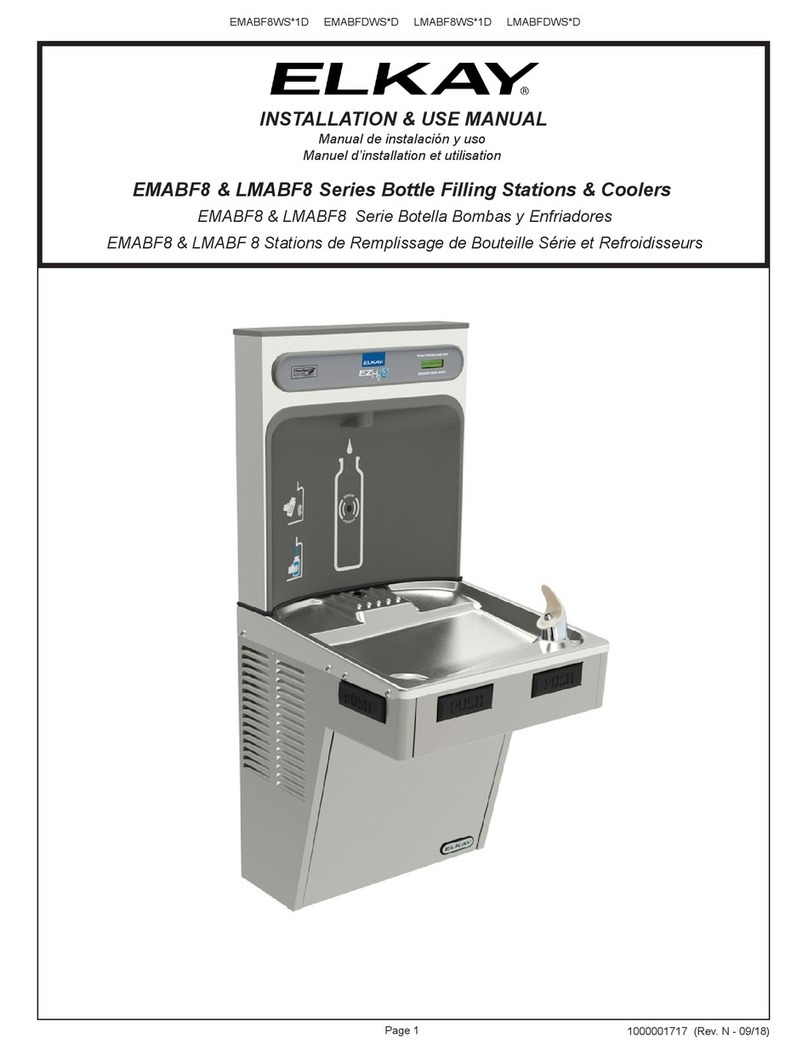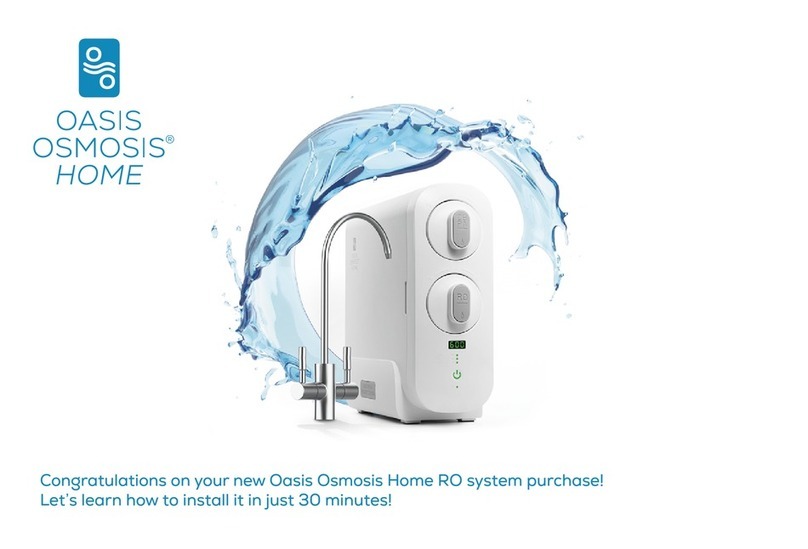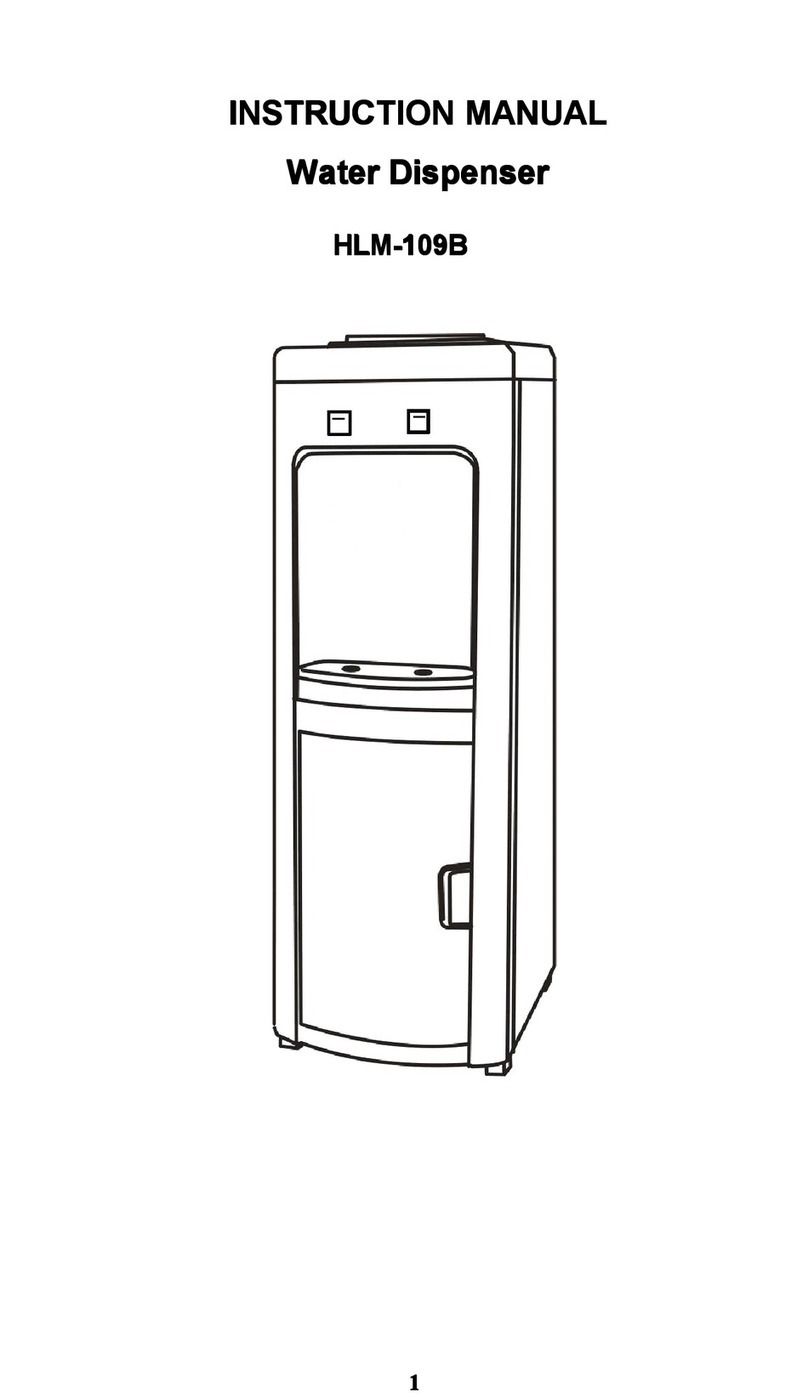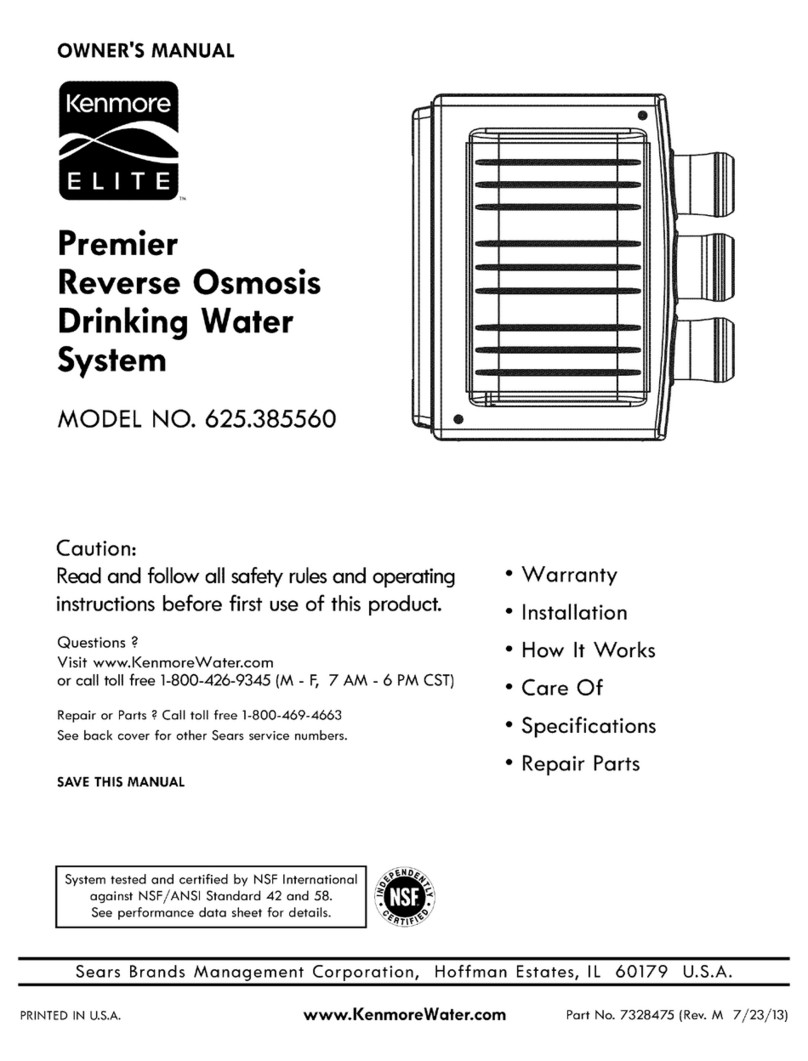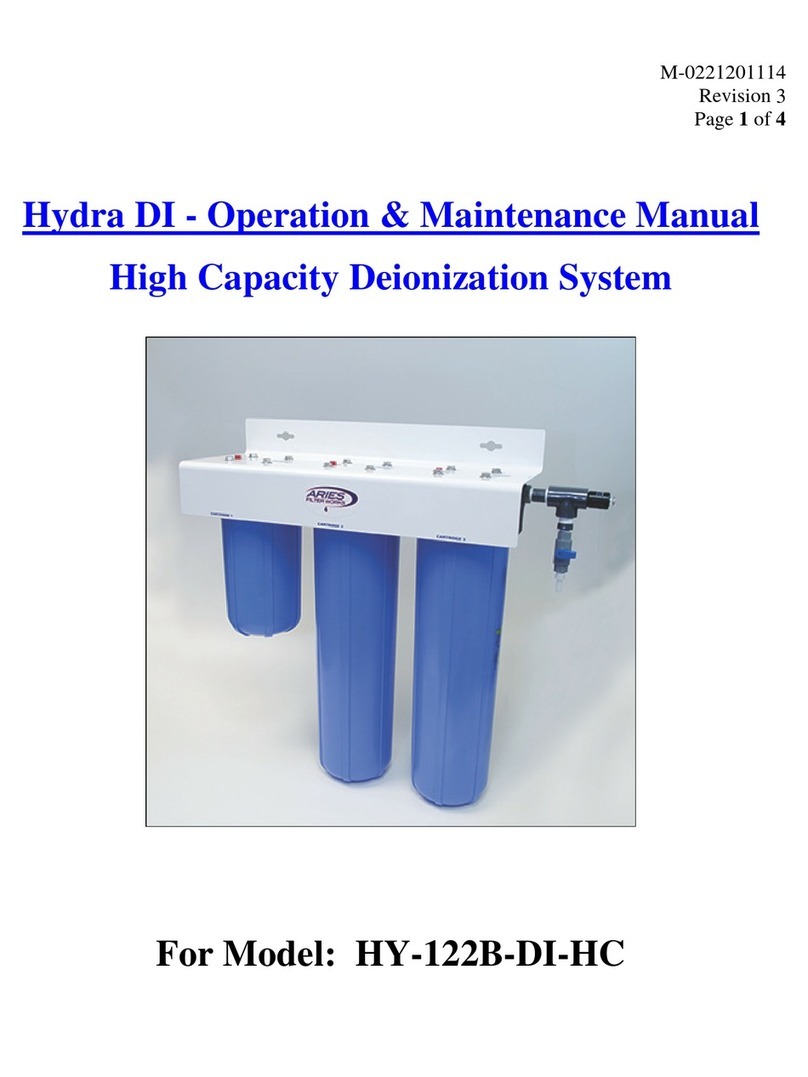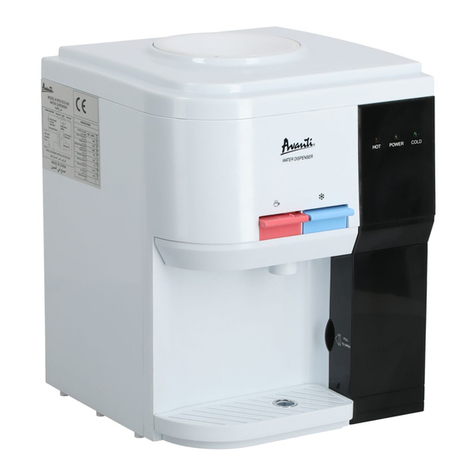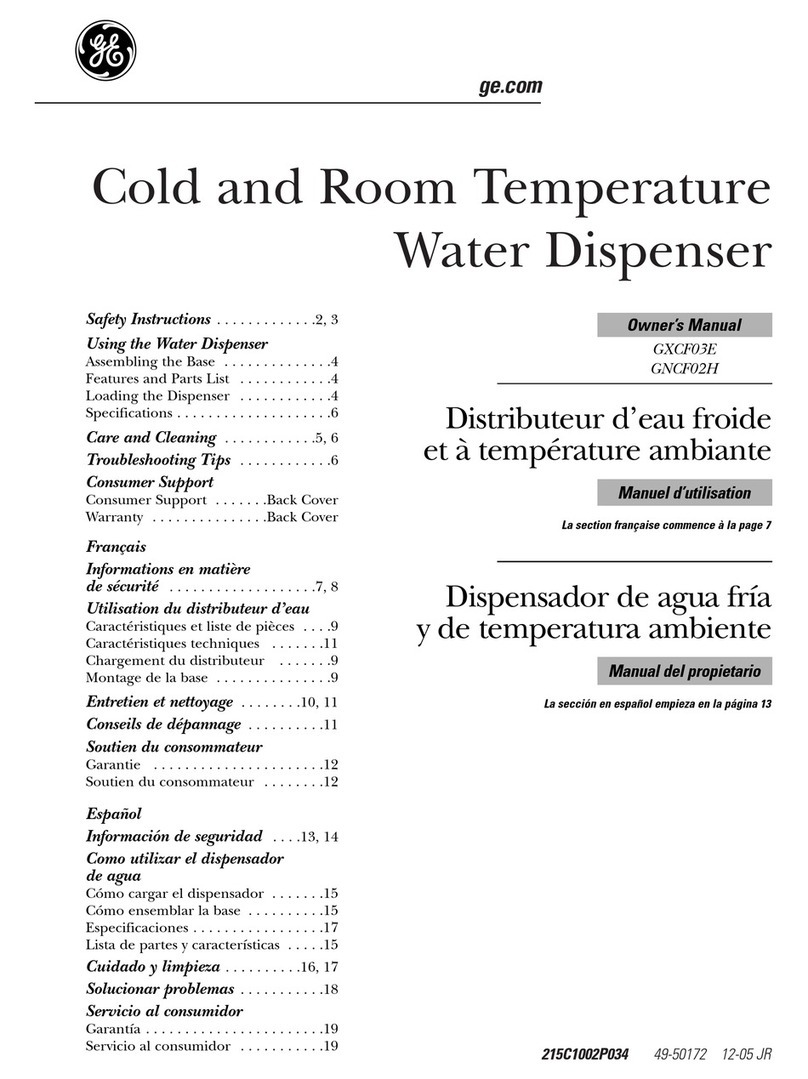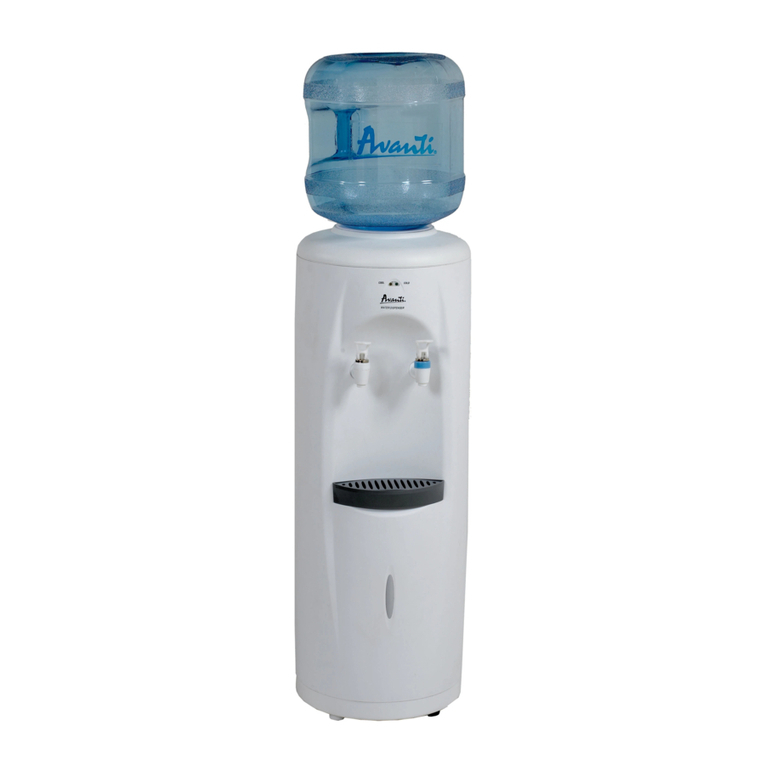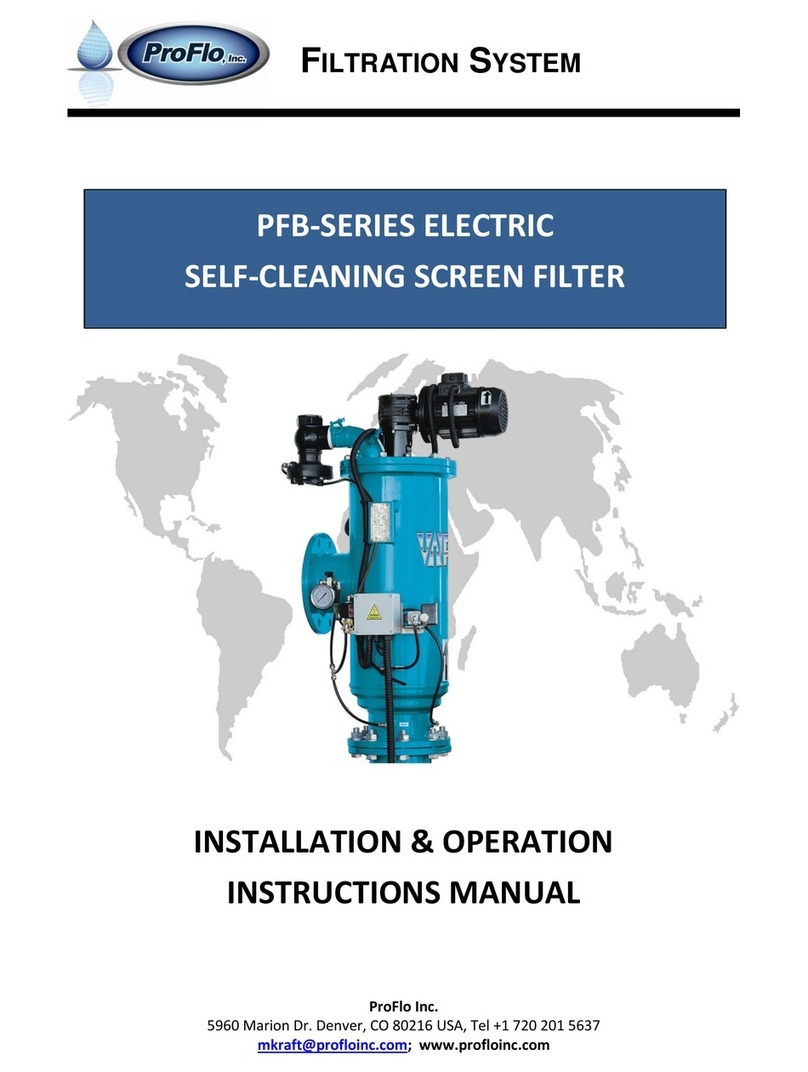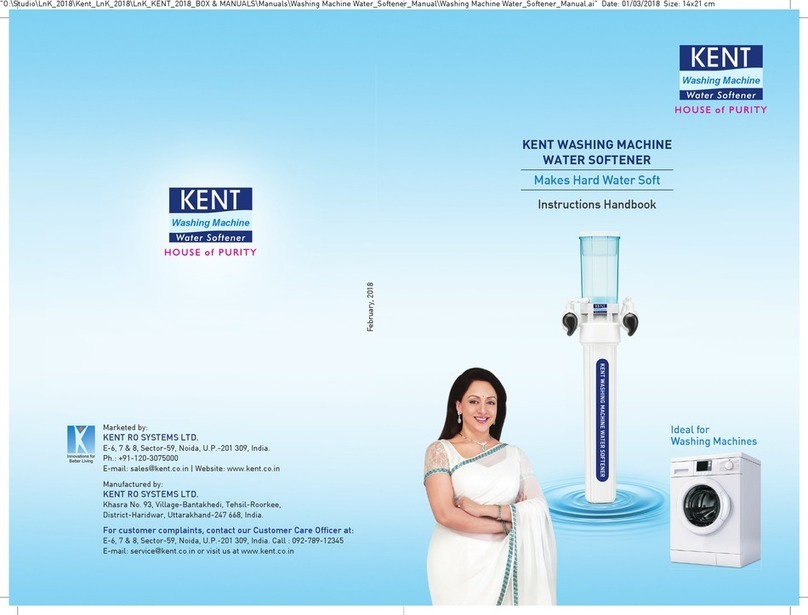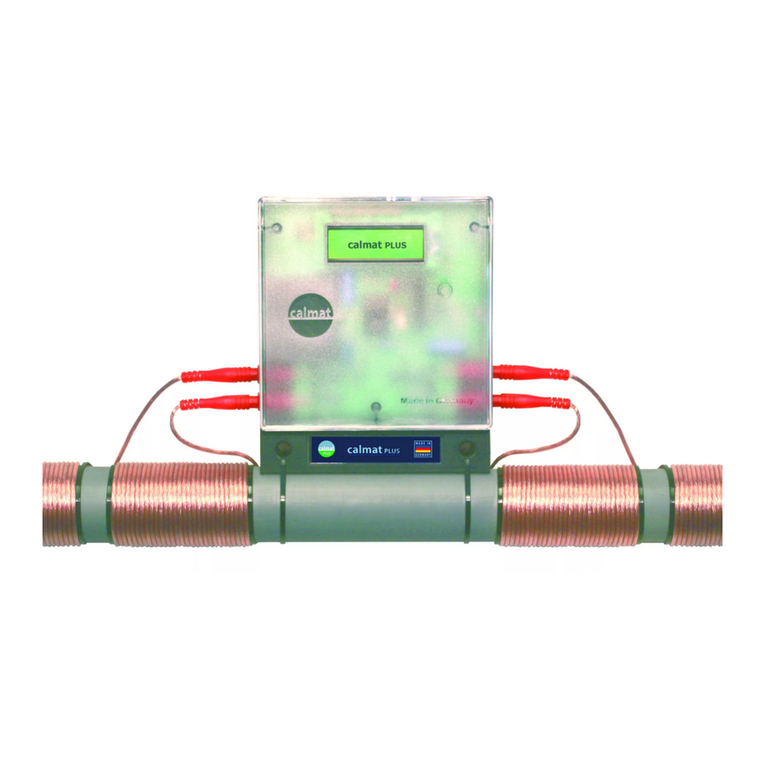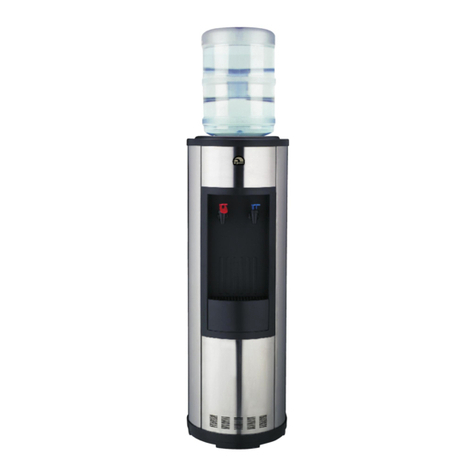5
3. ENVIRONMENTAL CONSIDERATIONS
CAUTION
You are required by law to dispose of waste products and end of life
equipment, according to local regulations.
3.1 Disposing of Waste Products
Any waste products resulting from the use or maintenance of the system must be
disposed of according to local environment laws and regulations.
3.2 End of Life Equipment
WARNING
DANGER CHEMICALS: Dangerous chemical might be released during
removal of the system. Wear Personal Protective Equipment (PPE).
Follow all safety regulations and Plant regulations.
WARNING
HIGH PRESSURE: High pressure might be stored in the system.
Before removing or re-installing the system, make sure the entire
system has been de-pressurized (and drained if required).
Note: End of life equipment must be disposed of according to local environment laws and
regulations.
4. TRANSPORTATION AND STORAGE REQUIREMENTS
The following requirements apply to the NX seal cooler and all related equipment:
Transport and storage criteria Requirements
Transportation The system must be transported and stored in the un-
opened, original shipping box.
Suspect damaged during trans-
portation
Systems that have been dropped, or have been subjected
to heavy impacts, during transport must not be installed.
An inspection in that case is strongly recommended.
Warehouse requirements The warehouse must be dry and dust free. The system
should not be exposed to: large temperature fluctuations,
high humidity, or radiation
Long-term storage After a storage period of 1 year, the system must be
inspected for its “as new” properties.
Preserving installed systems The preserving medium must not damage the installed
system, for example by fouling or attacking the com-
ponents and mechanical seal. If you are not sure which
preserving medium to use, contact Flowserve.
